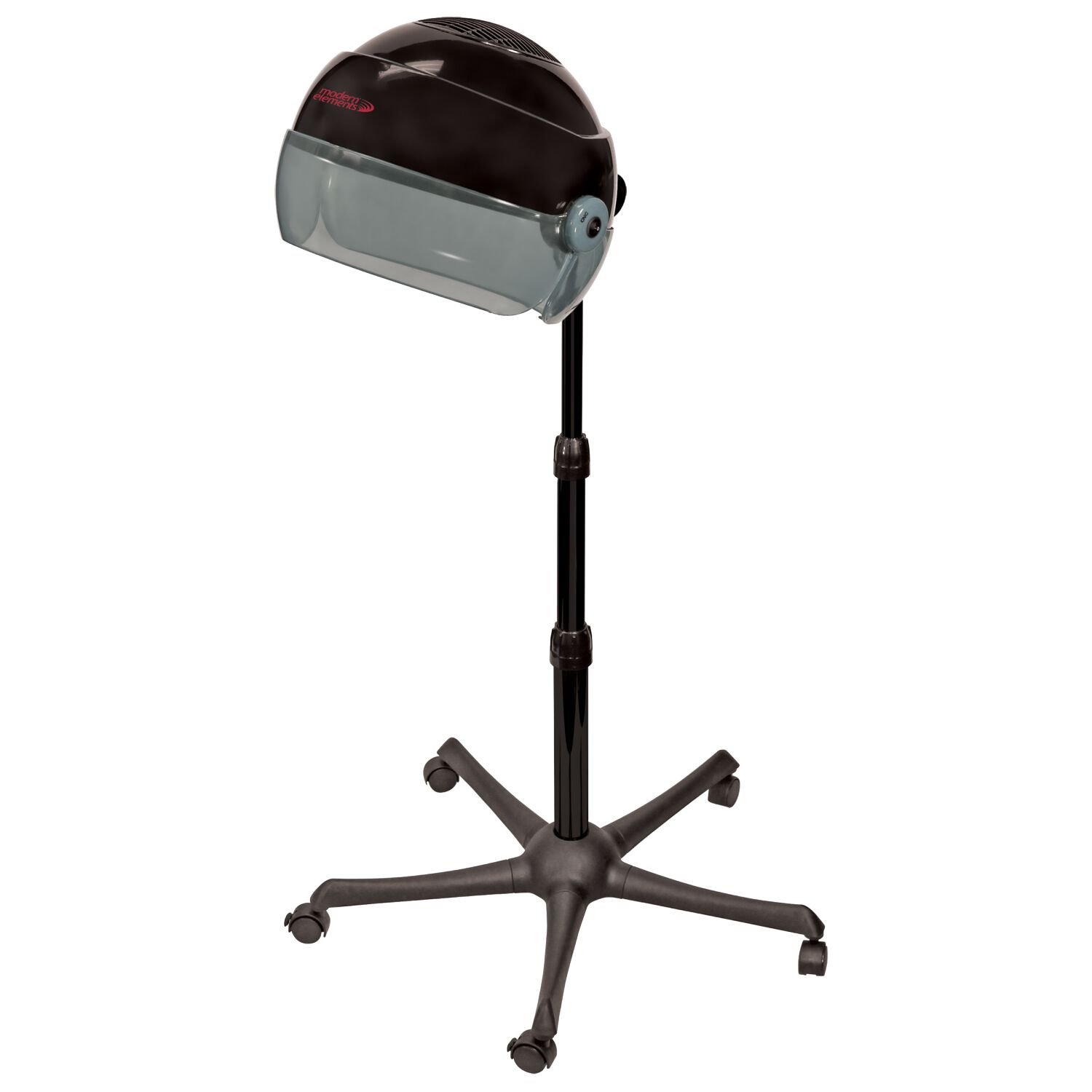What’s the Difference Between Indirect vs. Direct Heat?
When many people think of heat damage, they’re most likely thinking of damage from flat ironing or blow drying at high temperatures. However, all heat is not created equal! No matter what tool you decide to use, it is only as good as its user.
You must have the knowledge to know how to properly use the correct heat source to achieve your desired result. In this blog post, we’re going to break down the differences between direct and indirect heat sources.
What Is Heat Damage?
According to licensed stylist + curl specialist, JC Dobson, heat damage is commonly defined as hair that has been straightened by hot tools to the point of curl relaxing or removal.
“I really like to call it curl damage because that’s actually what it is. True heat damage is when the hot tool is too high and singes the hair as if it were burnt. You can still have healthy hair with curl damage, but healthy hair can’t happen with heat damage.”
What Is Direct Heat?
Direct heat is probably the most discussed type of heat damage amongst the natural hair community. Direct heat is considered any type of hair styling tool that involves directly touching or coming in contact with the hair. Examples include: flat irons, blow dryers (no diffuser attachment), curling iron, hot comb, and a curling wand.
Tips for using direct heat:
Invest in quality tools and products
Reduce the temperature on your hot tools
Must have great hair prep, meaning having really clean hair that’s well conditioned before heat styling
Use a heat protectant
If you want to remain curly, don’t heat style more than 2 to 3 times per year depending on your lifestyle and essential hair elements
What Is Indirect Heat?
Alternatively, indirect heat is considered any type of styling tool where the heat blows around the hair, but does not directly touch the hair. Examples of indirect heat include: hood dryers and blow dryers with a diffuser attachment attached.
We love to use the analogy that these heat sources are the equivalent to you standing outside on a hot sunny day, with the wind blowing.
For example, a hood dryer forces warm air around the hair to speed the air forming of a set. The hair is locked in place quickly and not given time to frizz, loosen, shrink, or expand. This creates sets that are close to what the hair looks like wet. We find that the hair strand also retains more of the smoothness created during the setting process and therefore the dry set result can end up having more sheen/shine than any other drying method.
The heat from a properly working hood dryer is not dangerous to your hair. If your scalp or forehead skin can sit under the dryer and only feel like it is occupying a summer day in Florida, we promise the dryer heat is doing the same to your hair.
A diffuser takes the high impact direct air from a hand-held blow dryer and “diffuses” it, softening the airflow and temperature by directing it to a larger area of the hair. Diffusing is great to build volume, but if you’re not looking for volume, a diffuser can be a style nightmare. We advise diffusers be used on tightly curly hair once the hair is at least 60% dry.
All in all, heat styling is not a bad thing and isn’t something that should necessarily be “avoided.” Heat can be a positive part of your tight curl + natural hair maintenance as long as you’re using it properly and know the clear differences between indirect and direct heat.
Want more specific tips regarding heat styling or specific recommendations for hood dryers or diffusers for your natural hair? We cover all the natural hair care fundamentals and more in our consumer education platform, The SeeSomeCurls Visual Library.
Our 1,000+ community of tight curl + naturals are shaving more than 50% of time off their wash day, being showered left and right with hair compliments, and are receiving direct support of a very encouraging community of tight curlies + naturals who have been exactly where you are.



